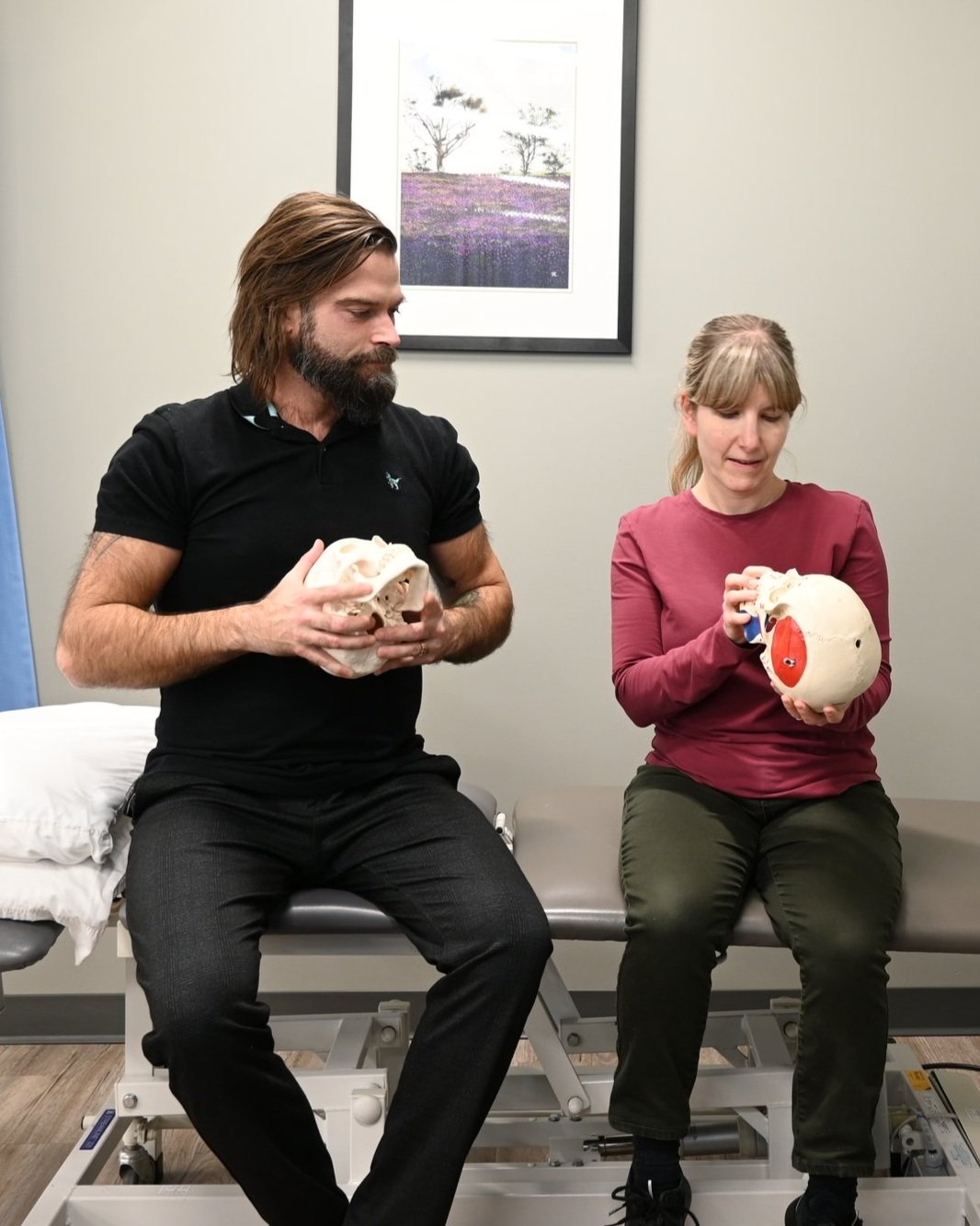Jaw Pain and Dysfunction
Let’s talk about the temporomandibular joint (TMJ). It’s a bit of a mouthful to say, it’s one of the most complicated joints in the human body, and they serve some pretty crucial functions.
They’re located on either side of your head, just in front of your ears, serving to connect your jaw (the mandible) to your skull (at the temporal bone). These joints allow us to move our jaw in six directions: left to right, up and down, and front to back. There are many types of tissue and muscles in this area that create these movements, and if any of those structures are injured or stressed, it can lead to dysfunction and pain.
How Is it Diagnosed?
Dentists are often able to determine whether your TMJs are functioning properly, by feeling around the area for any abnormal movements or tender spots during your check-up. Physiotherapists, particularly ones who have additional training in this area, are able to diagnose and treat these problems.
TMJ disorder/dysfunction (TMD) can be a very painful and debilitating condition that negatively impacts your daily life. TMD can cause a wide variety of symptoms. Some of these include:
Popping, clicking, or grinding in the joint
Jaw “locking” in either the closed or open position
Pain when chewing, talking, or otherwise opening your mouth
Tooth pain even if your teeth are healthy
Headaches
Dizziness
Earaches
Ringing in the ears (tinnitus)
Pain in the face, neck, or shoulders
What Causes TMD?
Conditions such as arthritis and traumatic injury may be the culprits, but if those are ruled out as the cause of your TMD, then it could be caused by muscle tension. What causes muscle tension? Well, nobody needs to be told that life is stressful; we all feel it! Many people experience muscle tension as a result of stress, and some of the most important areas affected are our shoulder, neck, and jaw muscles. The way we use our bodies is also a factor, and it’s easy to fall into bad habits through our daily routines. Poor posture, jaw clenching, propping our chins on our hands, and holding our phones to our shoulders can all contribute to muscle dysfunction throughout our upper bodies.
Most of us tend to think about our bodies as separate parts bound together, rather than one closely interconnected system. We may think if we have pain in only one part of the body, the problem must be localized there, but that’s not always the case. Sometimes, tension in one part of your body can cause or contribute to tension in another part of your body. This can happen with TMD as well: neck and shoulder tension may contribute to jaw pain and dysfunction, or jaw dysfunction may cause pain in your neck and shoulders.
What Can Be Done?
Pain and injury in the jaw (both muscles and joints) have a huge impact on your daily life- but it’s treatable! Clients see great success in their rehab here at Corona Station Physical Therapy thanks to the dedicated efforts of Kerri and Ehryn, our TMJ focused Physiotherapists.
Written by: Maret, Admin




